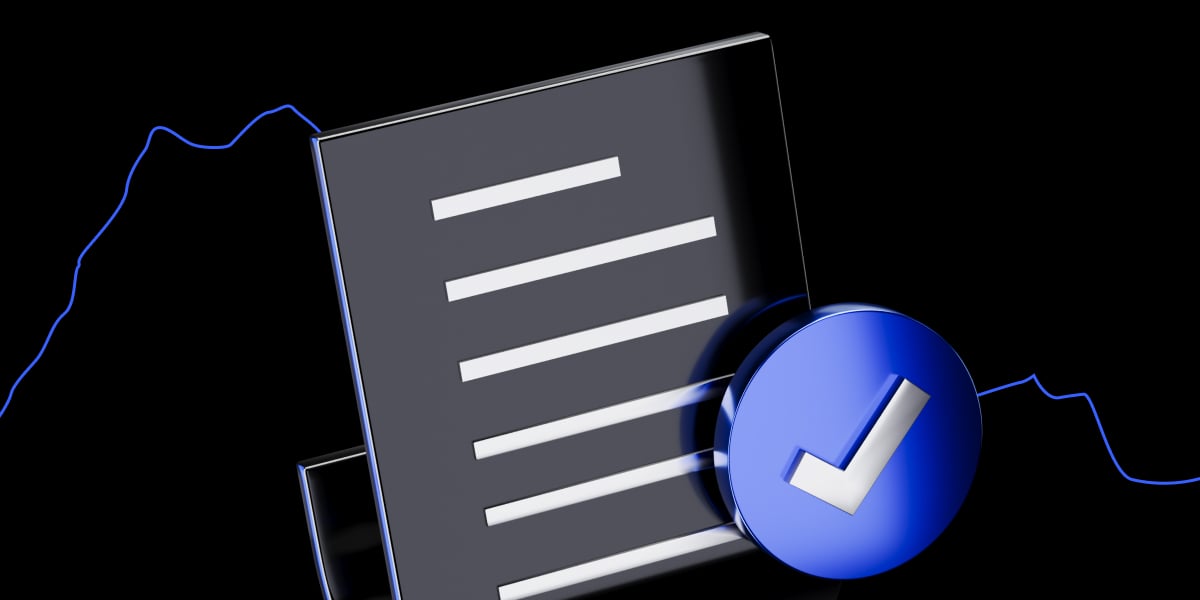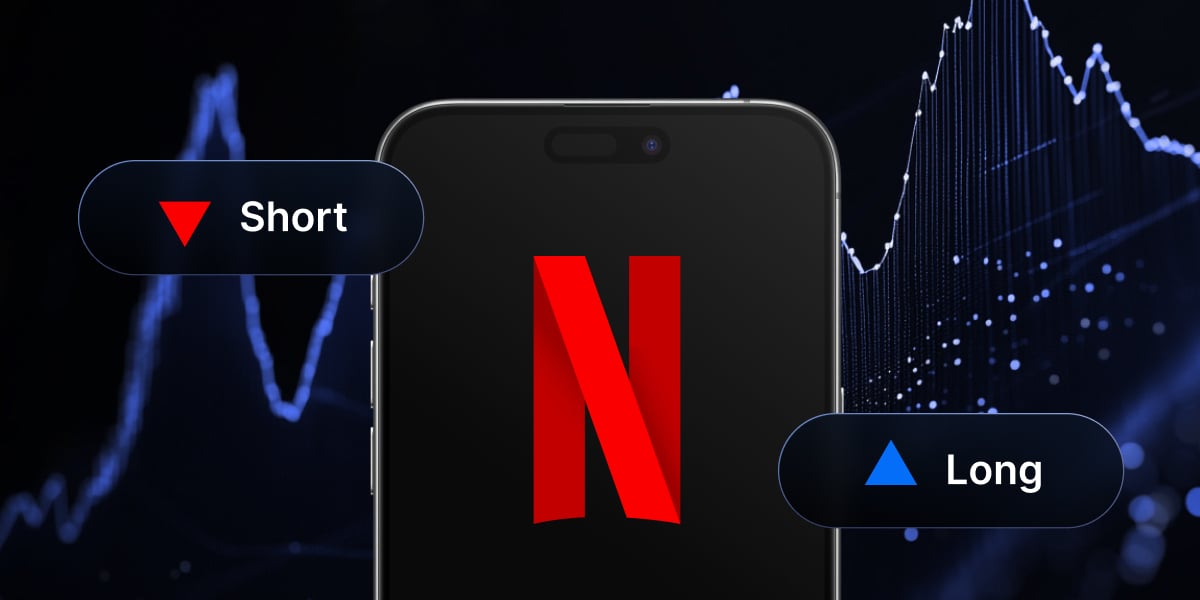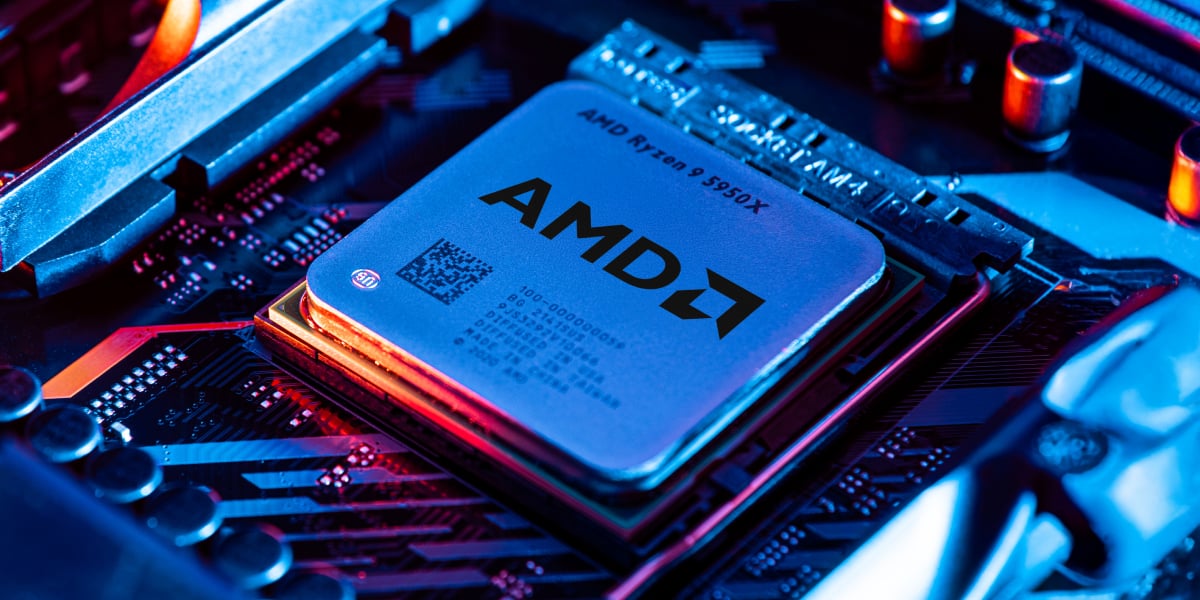The comparison of Polygon vs. Ethereum has been gaining significant attention in the blockchain industry in recent times. This is due to the fact that while both of them are popular platforms, Polygon and Ethereum cater to different needs and objectives.
In this comprehensive guide, we discuss the main features, advantages, and disadvantages of Polygon and Ethereum networks to help users decide which one is the better choice for their specific situations – read ahead for valuable insights!
Polygon: Overview and Features
The Polygon blockchain, previously known as the Matic network, is a Layer 2 scaling solution designed to enhance the Ethereum network by offering faster and cheaper transactions. Its ultimate goal is to solve the scalability issues and high gas fees associated with the Ethereum platform.
How Polygon Works
The Polygon network functions as a multi-chain Ethereum ecosystem, connecting Ethereum-compatible blockchain networks through a combination of Proof-of-Stake (PoS) consensus mechanism and Plasma technology. By providing a scalable, secure, and decentralized platform, Polygon improves Ethereum’s overall performance and transaction speed.
Tokenomics of MATIC
MATIC, the native token of the Polygon network, serves multiple purposes, including staking, paying transaction fees, and participating in governance decisions. Due to its low transaction fees, the MATIC token effectively attracts users and projects to the Polygon blockchain.
Advantages of Polygon
Here are some of Polygon’s key advantages:
- Scalability: The Polygon network offers improved transaction speed compared to Ethereum, allowing thousands of transactions per second (TPS).
- Interoperability: As a multi-chain Ethereum ecosystem, Polygon connects various blockchain networks for seamless communication.
- Energy efficiency: The PoS consensus mechanism used by the Polygon blockchain consumes less energy than Ethereum’s proof-of-work (PoW) mechanism.
- Lower transaction costs: Polygon’s Layer 2 solution reduces gas fees significantly, enabling cheaper and faster transactions compared to the Ethereum network.
- Developer-friendliness: Polygon supports Ethereum-compatible development tools, making it easier for developers to create and deploy decentralized applications.
As you can see, Polygon offers plenty of benefits, but what are the challenges associated with it?
Disadvantages of Polygon
The main disadvantages of Polygon you should keep in mind include:
- Security concerns: A smaller validator set in the Polygon network increases the risk of potential attacks.
- Centralization risks: Limited validators raise concerns about centralization within the Polygon blockchain.
- Dependence on Ethereum: The functionality of the Polygon network is closely tied to Ethereum’s infrastructure and development.
- Limited adoption: Despite its benefits, some projects may still prefer to use the Ethereum network directly, slowing down Polygon’s adoption.
- Growing competition: As other Layer 2 scaling solutions and blockchain platforms emerge, Polygon may face increased competition in the future.
Now that you are aware of what Polygon is and which pros and cons it entails, let’s see how it compares to the Ethereum blockchain.
Ethereum: Overview and Features
Ethereum is a decentralized, open-source platform that allows the creation of smart contracts and dApps.
How Ethereum Works
The Ethereum network utilizes blockchain technology to maintain a decentralized ledger of transactions and is powered by its native token, Ether (ETH).
Ethereum’s primary innovation is the Ethereum Virtual Machine (EVM), which enables the development and deployment of smart contracts. These self-executing contracts allow developers to create a wide range of dApps on the Ethereum blockchain.
Tokenomics of ETH
Ether, the native currency of the Ethereum ecosystem, serves various purposes, including paying gas fees for transactions and smart contract execution, staking in the upcoming Ethereum 2.0 upgrade, and being used as collateral for decentralized finance applications.
Advantages of Ethereum
The Ethereum blockchain boasts multiple advantageous characteristics, namely:
- Decentralization: The Ethereum network is a highly decentralized platform, with thousands of nodes maintaining its blockchain.
- Network effect: Ethereum has the largest developer community and ecosystem among all blockchain platforms.
- Developer community: Ethereum’s vast developer community drives continuous innovation and improvements.
- Smart contract capabilities: Ethereum’s smart contract functionality has revolutionized the blockchain industry, enabling various use cases and applications.
- Upgrade potential: Ethereum is working on upgrades like Ethereum 2.0, which aims to address scalability and energy efficiency concerns.
With that said, there are still some potential challenges associated with this network – read on to learn more about them.
Disadvantages of Ethereum
Some of the drawbacks associated with Ethereum include:
- Scalability issues: The current PoW consensus mechanism in the Ethereum network limits the transaction throughput.
- High transaction fees: Ethereum often experiences high gas fees during periods of network congestion, which can deter users.
- Environmental concerns: Ethereum’s PoW mechanism consumes significant amounts of energy.
- Slow transaction speed: As the Ethereum network grows, transaction speed can be slow, affecting the user experience.
- Barriers to entry: New developers may face a steep learning curve when getting started with Ethereum’s programming languages and tools.
As you can see, both blockchain platforms come with their own sets of advantages and drawbacks. Below, we take a closer look at the critical differences between Polygon vs. Ethereum.
Key Differences Between Polygon and Ethereum
The main distinctions between Ethereum and Polygon are as follows:
Transaction Speed and Fees
The Polygon network offers faster transaction speed and lower fees compared to the Ethereum blockchain. This advantage is primarily due to the Layer 2 scaling solution employed by Polygon, which helps in reducing network congestion and transaction costs.
Scalability and Consensus Mechanism
Scalability is another key difference between Polygon and Ethereum. While the latter platform struggles with its scalability issues, the former provides a more scalable solution through its PoS consensus mechanism and Layer 2 scaling technology.
However, as Ethereum moves toward Ethereum 2.0, it will shift from a PoW to a PoS consensus algorithm, which is likely to improve its scalability.
Security and Decentralization
Ethereum’s security and decentralization are considered more robust than Polygon’s, owing to its larger number of nodes and validators. However, Polygon’s PoS consensus mechanism, combined with Plasma chains, ensures a reasonable level of security while offering the benefits of lower fees and faster transaction speed.
Developer Ecosystem and Adoption
Ethereum has a more extensive developer community and a broader range of decentralized applications built on its platform. This network effect makes Ethereum a more attractive option for developers seeking to build dApps.
Yet, Polygon’s low-cost transactions and faster processing times have led to its increasing adoption in the crypto market, particularly in the DeFi space.
Interoperability
Polygon’s multi-chain Ethereum ecosystem enables seamless communication between various blockchain networks and provides greater interoperability than the Ethereum platform alone. This feature allows developers to create more versatile dApps that can leverage multiple blockchain platforms.
Polygon vs Ethereum Summary
Both Polygon and Ethereum have their unique advantages and disadvantages, which make them suitable for different use cases.
Polygon’s faster transaction speeds, lower fees, and improved scalability make it an attractive option for projects seeking to reduce costs and enhance user experience.
On the other hand, Ethereum’s robust security, decentralization, and developer ecosystem continue to make it a preferred choice for many projects and developers in the blockchain space.
ETH vs. MATIC: Which One Is a Better Investment?
Determining whether Ethereum (ETH) or Polygon (MATIC) is a better investment can be challenging, as both projects have unique advantages and potential for growth. To make an informed decision, investors should consider such factors as:
- Technology
- Use cases
- Community support
- Potential risks
- Personal investment objectives
- Risk tolerance
- Portfolio diversification
Ethereum is a well-established blockchain platform with a large developer community, a wide array of use cases, and a promising upgrade (Ethereum 2.0) in the pipeline. Its smart contract capabilities and support for decentralized applications have made Ethereum a go-to choice for various projects, from DeFi to NFTs.
Polygon, on the other hand, is a Layer 2 scaling solution for Ethereum that offers faster transaction speed and lower fees. Its interoperability features and ability to reduce network congestion make it an appealing choice for projects looking to optimize user experiences and reduce costs.
All in all, both projects have strong fundamentals and long-term potential, so the choice between ETH and MATIC may ultimately come down to individual investment strategies and preferences.
Most importantly, remember that it’s essential to conduct thorough research and consider the potential risks and rewards before making an investment in either cryptocurrency.
Is Ethereum the same as Polygon?
Ethereum and Polygon are not the same, as they serve different purposes in the blockchain ecosystem. Polygon is designed to improve Ethereum's performance and scalability, while Ethereum is the primary platform for decentralized applications.
Is Polygon better than Ethereum?
Polygon is not necessarily better than Ethereum, but it complements the latter ecosystem by offering a Layer 2 scaling solution, which addresses limitations like high gas fees and slow transaction speed. Overall, each platform has its unique role in the blockchain space.
Does Polygon compete with Ethereum?
Polygon does not compete with Ethereum; instead, it acts as a complementary solution to enhance Ethereum's performance by improving scalability and reducing gas fees, ultimately providing a better user experience for decentralized applications.
Which blockchain is better: Ethereum or Polygon?
Generally speaking, it's hardly possible to answer which platform is better, as Ethereum and Polygon serve different purposes. Ethereum is the primary platform for smart contracts and decentralized applications, while Polygon focuses on improving Ethereum's scalability and transaction processing.
What is the difference between Ethereum and Polygon?
The main difference between Ethereum and Polygon lies in their purpose and functionality. Ethereum is a primary blockchain platform for creating decentralized applications, while Polygon is a Layer 2 solution built to enhance Ethereum's performance and scalability.
The content provided here is for informational purposes only. It is not intended as personal investment advice and does not constitute a solicitation or invitation to engage in any financial transactions, investments, or related activities. Past performance is not a reliable indicator of future results.
The financial products offered by the Company are complex and come with a high risk of losing money rapidly due to leverage. These products may not be suitable for all investors. Before engaging, you should consider whether you understand how these leveraged products work and whether you can afford the high risk of losing your money.
The Company does not accept clients from the Restricted Jurisdictions as indicated in our website/ T&C. Some services or products may not be available in your jurisdiction.
The applicable legal entity and its respective products and services depend on the client’s country of residence and the entity with which the client has established a contractual relationship during registration.




